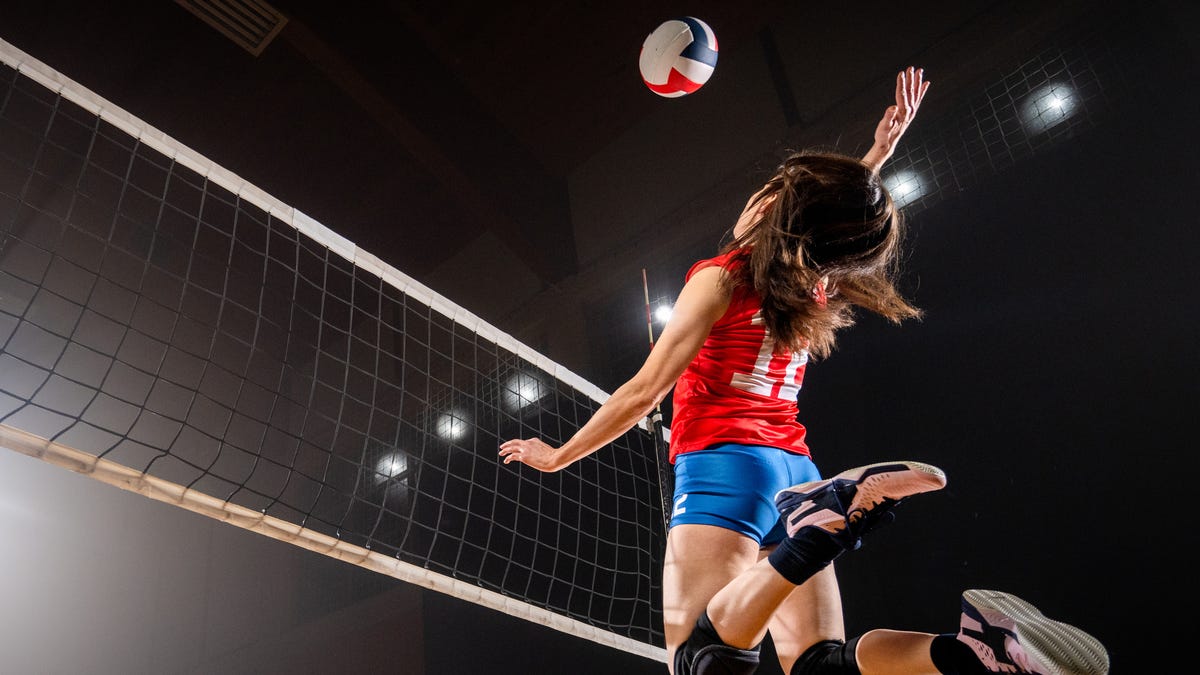The effects of Tai Chi exercise on body composition and cardiorespiratory fitness in Chinese university students with obesity: A quasi experiment study

Research design
The aim of this study was to identify the effectiveness of TE on USO’s LBM, WC, and VO2max. Thus, the researcher chose a nonequivalent research design for it. A control group was indispensable in this trial in order to compare the difference between TE and normal exercise.
Stretching exercises are generally considered low-impact, accessible, and do not require extensive physical exertion or specialized equipment, making them suitable for a wide range of individuals, including those who are suffering from obesity or not accustomed to regular physical activity. Thus, it was chosen as the normal exercise in this experiment. Therefore, there was two independent variables: TE and the control group (stretching exercise). The dependent variables consist of LBM, WC, and VO2max. 46 eligible participants were enrolled in this experiment and were distributed into either the Taichi group or control group according to the convenient sampling methods. All students took part in the pretest to record the baseline of LBM, WC, and VO2max. Then 12 weeks of Taichi exercise was conducted among all participants. A posttest would be given to all students at the end of the intervention. The specific procedure is shown in Fig. 1, the following chart.
Location and participants
This study was conducted at a public university in southern China. Participants were university students with obesity, regardless of their level of physical activity. The sample was voluntarily recruited from among undergraduate students at the university. Before the study commenced, a rigorous screening process was conducted based on the following inclusion and exclusion criteria:
Inclusion criteria: (1) BMI of 28 or above; (2) Enrolled as an active undergraduate student; (3) No prior experience in learning or practicing Tai Chi. Exclusion criteria: (1) Frequent absenteeism; (2) Serious physical or mental health conditions.
Sample size and sampling
Based on MAZLAN’s study, there were at least 21 participants for the treatment group and control group, after estimating the dropout rate of 10%. Therefore, 23 subjects for each group were need24. Therefore, 46 eligible students enrolled in this trial. According to the total sample size, we set the effect size at 0.5 and the significance level (α) at 0.05. Using G*Power, the calculated statistical power is 0.9, indicating that this study has a high statistical power.
This study used convenient sampling method, students in faculty of social science were defined as TE group while students from faculty of medicine were chosen as control group.
Protocol for Taichi exercise and stretching exercise
Regarding the frequency, intensity, duration, and volume, both Taichi and stretching exercises are performed at a low to moderate intensity. The training program was designed to last for 12 weeks, with sessions held three times per week, each lasting 60 min for both practices. The Taichi exercise session included a 5 min warm-up 50 min for Taichi Bafawubu, and 5 min for cool down. The Tai Chi Bafawubu (in mandarin meaning 8 methods and 5 step-forwards) is the latest Tai Chi style which launched the Administration Bureau of Sport China25It integrates eight essential forms called Peng (warding off), Lv (rolling back), Ji (pressing), An (pushing), Cai (plucking), Lie (laying), Zhou (elbowing), Kao (leaning sideways), and five steps called Jin (advancing), Tui (retreating), Gu (shifting left), Pan (shifting right), and Ding (central equilibrium), which are the core patterns of Tai Chi19.
The stretching exercise session covered a 5 min warm-up, 45 min stretching, and 5 min cool down. The 10 BEST STRETCHES FOR BEGINNERS were chosen by the researcher. Those includes: Standing Calf Stretch, Standing or Seated Inner Thigh Stretch, Standing or Seated Hamstrings Stretch, Quad Stretch, Kneeling or Standing Hip Flexor Stretch, Standing Lat Stretch, Standing Chest Stretch, Standing or Seated Traps Stretch, Standing scapulae stretch, Thoracic Spine Stretch26.
The specific protocol for Taichi exercise and stretching exercise is available from the corresponding author, Dr Wang Feng ([email protected]).
Measurement of LBM, WC, VO2max
The instrument for lean body mass was the body composition analyzer, which was based on Bioelectrical Impedance Analysis (BIA)27. The WC was measured by a tape which passed round the body and positioned mid-way between the iliac crest and costal margin of the lower rib28. For VO2max, researchers assessed it via the VO2max formula: VO2 max = 15 x (HRmax/HRrest)29. Although it might not be as precise as other methods, it was the easiest and safest measurement for obesity cohorts.
Statistic data
SPSS version 18 was utilized to analyses all of the data in this study. The data results would be recorded as means ± SD. The data descriptive was implemented for demographic information, and a paired T test was taken to assess the difference between pretest and posttest for the Taichi exercise group and the control group. Moreover, one-way MANOVA was taken to compare the difference between the Taichi exercise group and control group on LBM, WC, as well as VO2max. The significant level was defined as 0.05, and the extremely significant was set at 0.001.
link






